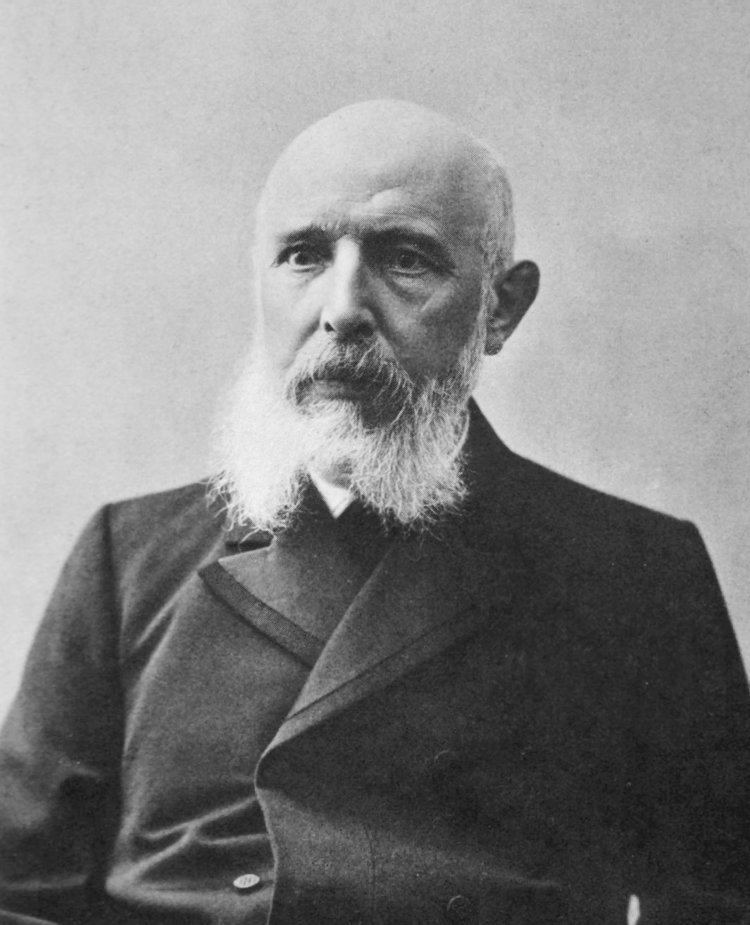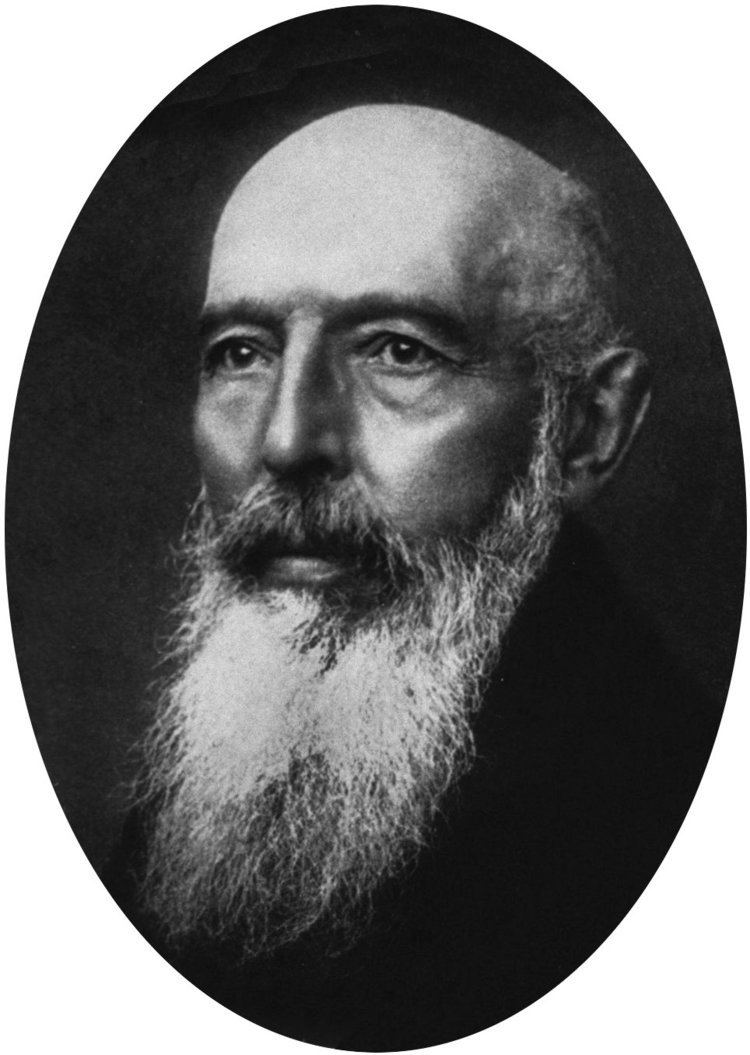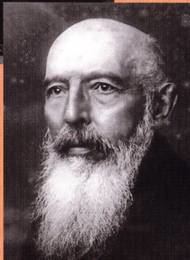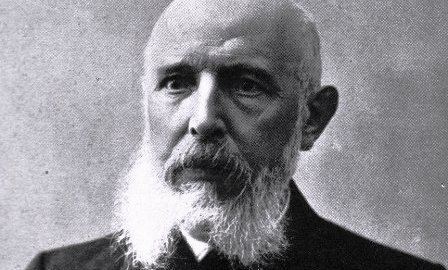Fields Epidemiology Education University of Oslo | Role Physician Name Gerhard Hansen Notable awards Order of St. Olav | |
 | ||
Born 29 July 1841Bergen, Norway ( 1841-07-29 ) Died February 12, 1912, Floro, Norway Children Daniel Cornelius Armauer Hansen | ||
Gerhard Henrik Armauer Hansen (29 July 1841 – 12 February 1912) was a Norwegian physician, remembered for his identification of the bacterium Mycobacterium leprae in 1873 as the causative agent of leprosy.
Contents

Life

Hansen was born in Bergen, Norway and attended the Bergen Cathedral School. He at Rikshospitalet in Christiania ( now Oslo) and as a doctor in Lofoten. In 1868 Hansen returned to Bergen to study leprosy while working at Lungegård Hospital (Lungegårdshospitalet) with Daniel Cornelius Danielssen, a noted expert.

Leprosy was regarded as largely hereditary or otherwise miasmic in origin. Hansen concluded on the basis of epidemiological studies that leprosy was a specific disease with a specific cause. In 1870–71 Hansen travelled to Bonn and Vienna to gain the training necessary for him to prove his hypothesis. In 1873, he announced the discovery of Mycobacterium leprae in the tissues of all sufferers, although he did not identify them as bacteria, and received little support. The discovery was done with a "new and better" microscope.

In 1879 he gave tissue samples to Albert Neisser who successfully stained the bacteria and announced his findings in 1880, claiming to have discovered the disease causing organism. There was some quarreling between Neisser and Hansen, Hansen as discoverer of the bacillus and Neisser as identifier of it as the etiological agent. Neisser put in some effort to downplay the assistance of Hansen. Hansen's claim was injured by his failure to produce a pure microbiological culture in an artificial medium or to prove that the rod-shaped organisms were infectious. Further Hansen had attempted to infect at least one female patient without consent and although no damage was caused, that case ended in court and Hansen lost his post at the hospital.
Hansen remained medical officer for leprosy in Norway and it was through his efforts that the leprosy acts of 1877 and 1885 were passed, leading to a steady decline of the disease in Norway from 1,800 known cases in 1875 to just 575 cases in 1901. His distinguished work was recognized at the International Leprosy Congress held at Bergen in 1909.
Hansen had suffered from syphilis since the 1860s but died of heart disease. He was an atheist.
